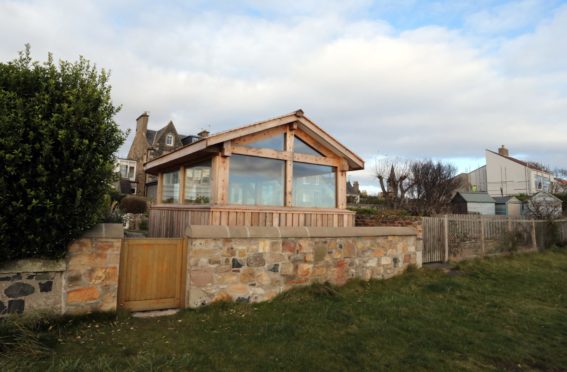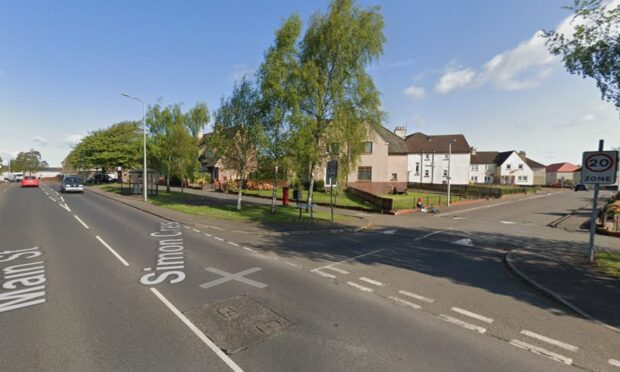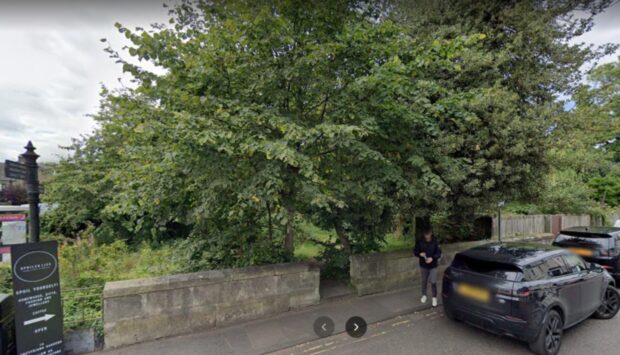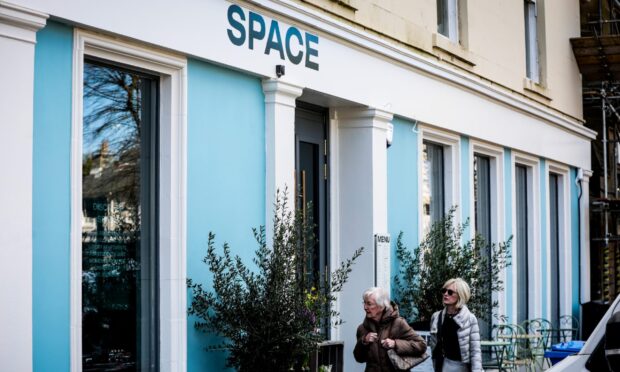A “muckle” summerhouse built without permission in one of Fife’s most prized beauty spots has been allowed to stand.
The wooden hut overlooking the beach at Earlsferry in the region’s picturesque East Neuk was put up without planning permission and was described by a local councillor as a “muckle structure like the ones found in California”.
However, the owner’s application for planning in retrospect was approved by North East Fife Planning Committee despite 22 letters of objection from locals, as well as from Earlsferry Community Council and the East Neuk Preservation Society.
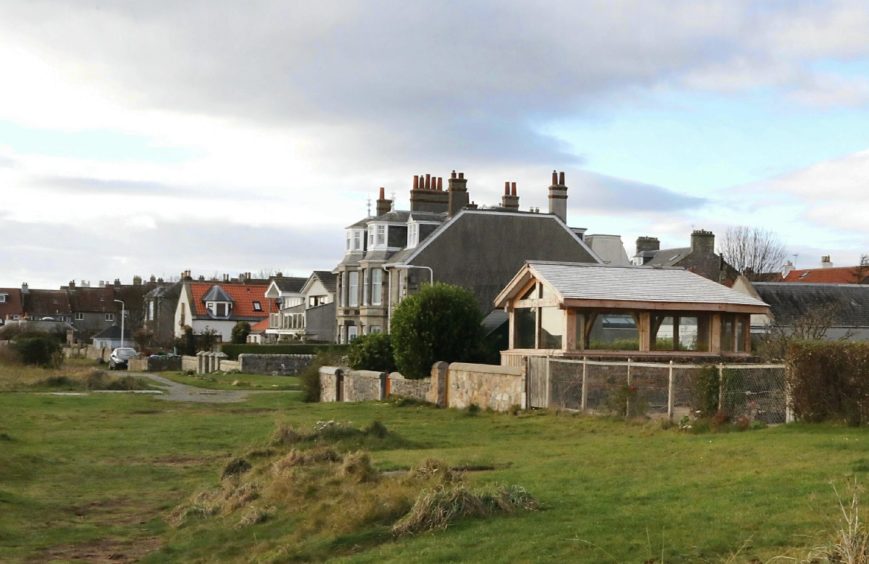
Deliberating over a Fife Council planning officer’s recommendation to approve retrospective planning permission, SNP councillor David MacDiarmid questioned how the developer could not have been aware the house fell within the confines of a conservation area.
He also warned that to approve the structure would set a “dangerous precedent for others to follow”.
Mr MacDiarmid said: “Having viewed this building it’s a muckle structure like the ones found in California, not Earlsferry.”
Conservative councillor Tony Miklinski, said: “It’s little wonder there has been the level of objection, the building is overwhelming, it’s intrusive, it dominates its environment and it impacts on the amenity of neighbours without question.”
Concerns were also raised after it was revealed the views of the council’s own built heritage team, which had requests for more information regarding the case, had been put aside by planning officers.
However, despite reservations, councillors agreed by 10 votes to four in favour of granting retrospective planning consent allowing the structure to remain.
The decision has brought consternation from independent councillor Linda Holt, who said it was the latest example of conservation areas not being afforded the protection they have a right to.
She added: “Fife Council’s built heritage department has yet again been sidelined.
“By not being allowed to see the erected building in situ, just plans, and the built heritage officer’s request for further information being ignored, they were unable to reach a judgment.
“I think there is little doubt built heritage would have agreed with the community council, East Neuk Preservation Society and 22 objectors that the building harmed the character and visual amenity of the conservation area.
“This may be allowed procedurally within Fife Council, but it is very poor practice and again makes me wonder what the point of built heritage as an expert body is.”
Responding to the criticism, service manager Alastair Hamilton insisted Built Heritage colleagues were consulted on the application and their views were considered as part of the assessment.
He added: “The context of the retrospective nature of the proposal and comments from built heritage colleagues were discussed at the meeting.
“Having considered the report and discussed all the relevant planning issues in detail the application was approved.”
